Game description:
Big Fat Awesome House Party is a browser-based game created around the animated series "Foster’s Home for Imaginary Friends." Players take on the role of a new resident in the house, navigating daily tasks, minigames, and character interactions. Each in-game day introduces new challenges, which can range from finding missing items to helping characters with routine problems. The gameplay loop focuses on short, structured activities tied to the show’s world.
Rooms, Missions, and Progress
The house is divided into rooms, each containing specific tasks and interactive elements. Players complete missions by exploring, talking to characters, and using items. Some activities are time-based, while others require collecting objects or solving simple problems. The map is accessible from the main hallway, allowing fast movement between rooms. Over time, new locations and characters become available, unlocking more gameplay variety.
Core Gameplay Elements in Big Fat Awesome House Party
· Minigames scattered across rooms
· Daily objectives and changing tasks
· Inventory system for item-based interactions
· Character dialogue tied to mission outcomes
· Visual layout modeled after the animated series
Interaction With Familiar Faces
Characters from the original show appear throughout the game, each offering unique dialogue and mission opportunities. Players can interact with Blooregard, Mac, Wilt, and others, receiving guidance or small quests. These tasks build toward longer-term goals, such as cleaning the house, organizing events, or helping other imaginary friends. Dialogue is simple but ties directly into task completion, with rewards often being access to new areas or decorative items for the player’s room.
A Game Built Around Routine and Discovery
Big Fat Awesome House Party builds a cycle of light exploration and structured objectives. The simplicity of the controls and format makes it accessible, while the layout encourages repeated visits to familiar spaces. Each day brings slight changes, offering new combinations of characters and tasks. The game does not rely on pressure or progression meters, but instead invites the player to return and complete short sequences over time. While originally built as part of a promotional campaign, it functions as a self-contained world with enough variety to support multiple sessions of casual play. The structure is clear, the objectives are manageable, and the appeal comes from combining recognition of the show’s characters with interactive routines in a digital space.










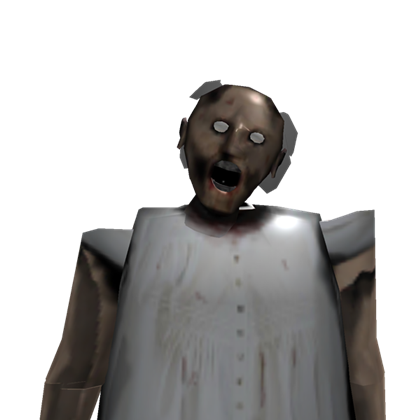





























































































































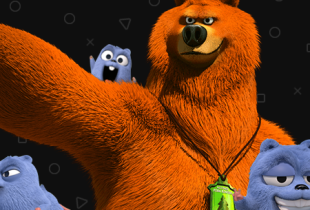
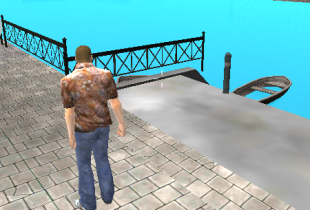
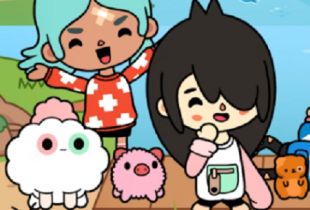
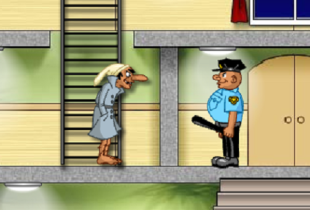
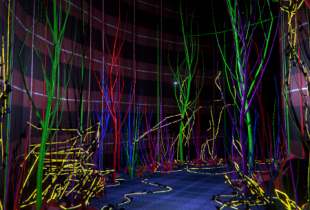
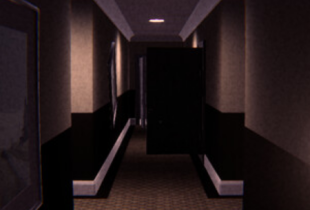
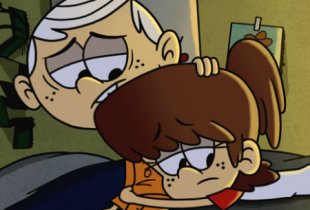
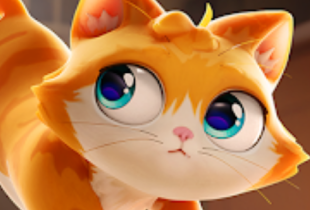
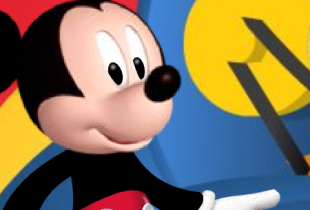
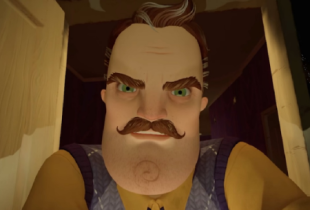
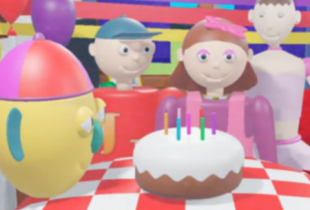
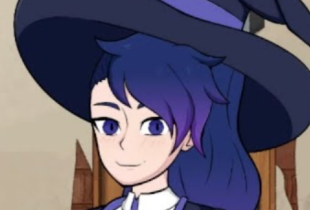
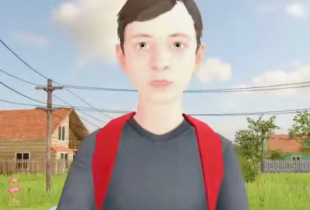
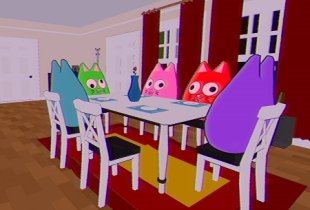
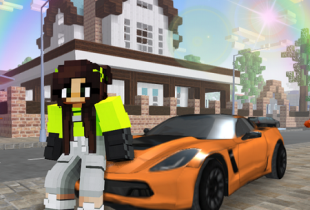
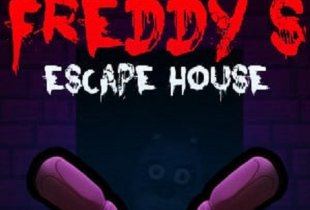
Comments